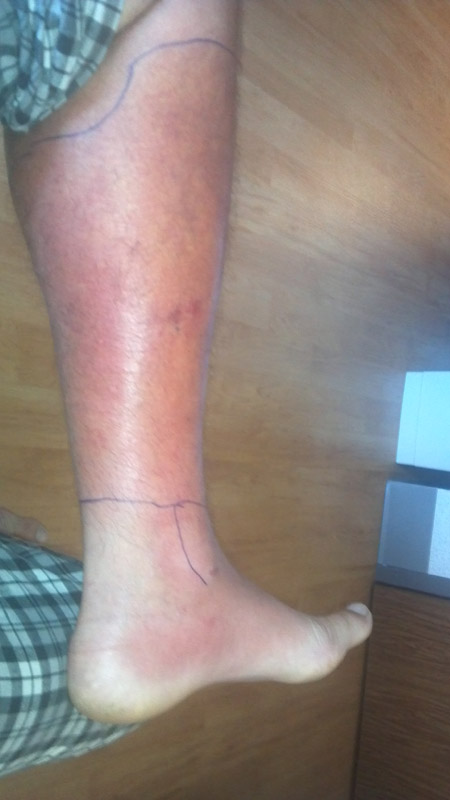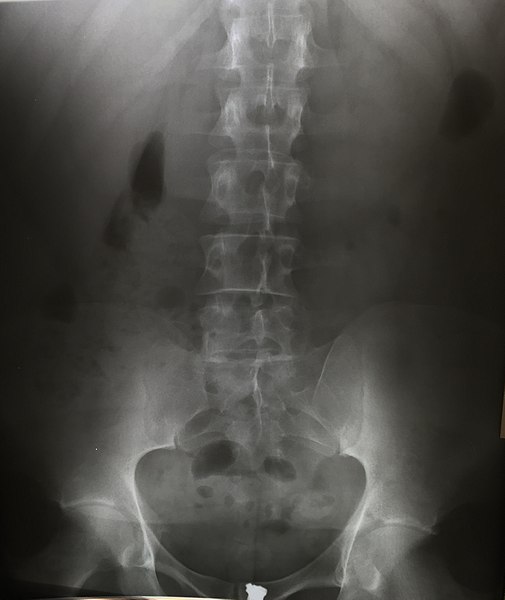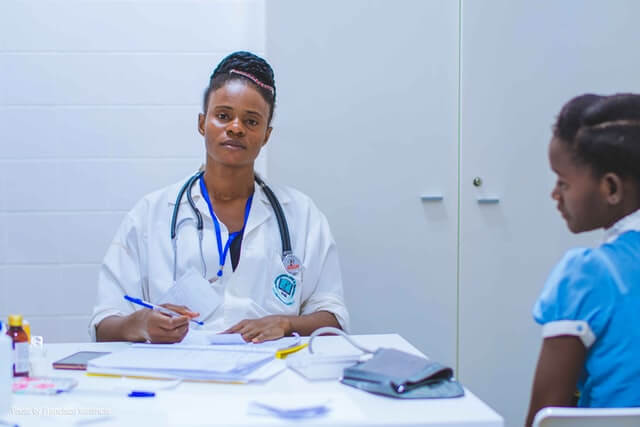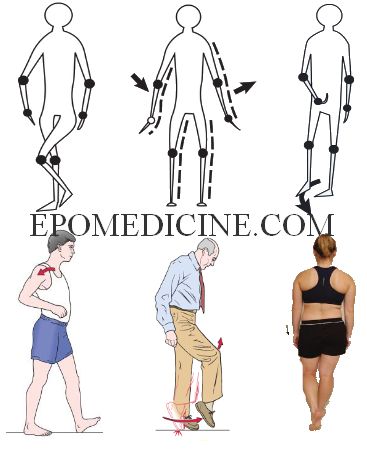Often, one may find difficulty differentiating cellulitis from osteomyelitis in a patient presenting with signs of inflammation localized to an extremity.

There are few points that must be kept in the back of head, that will help us to differentiate these two entities.
1. Overlying skin findings:
In osteomyelitis, the overlying soft tissues may appear normal or may be warm, mildly swollen, and occasionally erythematous, but in contrast to cellulitis, these surface findings are often sublte and induration in unusual. Spasm of overlying muscle is often intense, adding to discomfort and the adjacent joint may be held in flexion.
With osteomyelitis, swelling is usually more circumferential and the margins of the erythema less distinct. Cellulitis is more likely to occur in the area of a local wound, whereas no wound is typically present in osteomyelitis, because the mechanism is usually hematogenous seeding.
2. Tenderness:
Tenderness out of proportion to soft-tissue findings suggests osteomyelitis rather than soft-tissue infection or cellulitis.
3. Joint proximity:
Children with a limp or who are not weight bearing and have erythema close to a joint may have underlying osteomyelitis or septic arthritis.
4. Location of pain:
In cellulitis, the pain is localized only in the region affected, but in osteomyelitis the pain is circumferential, all around the affected bone.
5. Clinical improvement:
If the cellulitis of an extremity does not show significant improvement within 24 hours of antimicrobial therapy, a presumptive diagnosis of osteomyelitis should be made, and bone aspiration or open drainage should be performed.
6. X-rays:
Radiographs show the inflammatory response of the infection. In the early phase of the infection, soft tissue swelling is the only radiological finding. This sign may be overlooked or neglected. In osteomyelitis there is swelling of the deep soft tissue next to the bone, while in cellulitis, the superficial soft tissue is swollen.
References:
- Zitelli and Davis’ Atlas of Pediatric Physical Diagnosis – By Basil J. Zitelli, Sara C McIntire, Andrew J Nowalk
- David K. Hong, Kathleen Gutierrez, in Principles and Practice of Pediatric Infectious Diseases (Fifth Edition), 2018
- Osteomyelitis and septic arthritis in children by Hugo DE BOECK (Acta Orthop. Belg., 2005, 71, 505-515)
- The Sydney Children’s Hospital Network – Guideline: Paediatric Limb Cellulitis on Home Intravenous Therapy: Patient Management
- Moffet’s Pediatric Infectious Diseases: A Problem-oriented Approach By Randall G. Fisher, Thomas G. Boyce, Hugh L. Moffet

He is the section editor of Orthopedics in Epomedicine. He searches for and share simpler ways to make complicated medical topics simple. He also loves writing poetry, listening and playing music. He is currently pursuing Fellowship in Hip, Pelvi-acetabulum and Arthroplasty at B&B Hospital.


